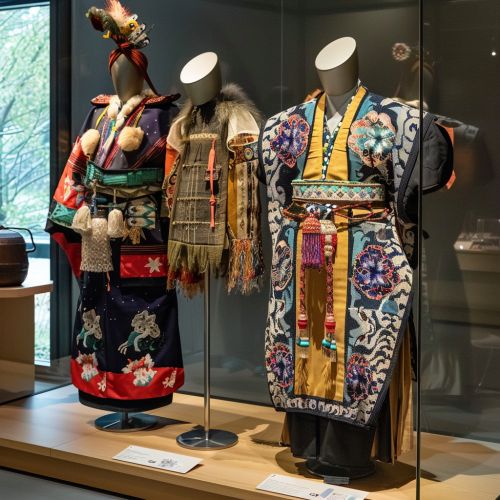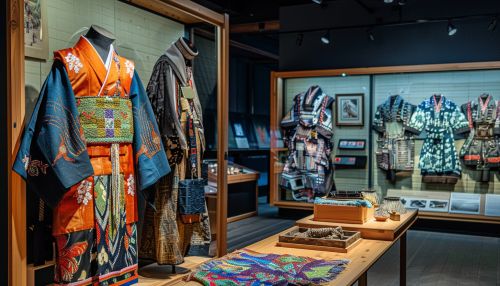Ainu Museum
Overview
The Ainu Museum, also known as the Poroto Kotan, is a cultural institution dedicated to preserving and showcasing the heritage, traditions, and history of the Ainu people. Located in Shiraoi, Hokkaido, Japan, the museum provides an in-depth look into the unique culture of the Ainu, an indigenous group native to the northern regions of Japan, particularly Hokkaido. The museum serves as a vital resource for understanding the Ainu's way of life, their struggles, and their contributions to Japanese society.
History
The Ainu Museum was established in 1976 with the primary aim of preserving the rapidly disappearing Ainu culture. The museum's location in Shiraoi was chosen due to its historical significance as a traditional Ainu settlement. Over the years, the museum has expanded its collection and facilities, becoming one of the foremost centers for Ainu cultural studies and preservation.
Exhibits
The museum's exhibits are divided into several sections, each focusing on different aspects of Ainu culture. These include traditional crafts, clothing, tools, and religious artifacts. The exhibits are designed to provide a comprehensive understanding of the Ainu way of life, from their daily activities to their spiritual beliefs.
Traditional Crafts
One of the main attractions of the Ainu Museum is its extensive collection of traditional crafts. These include intricate wood carvings, woven textiles, and beadwork. The Ainu are renowned for their craftsmanship, particularly in the creation of wooden ritual objects used in various ceremonies.
Clothing
The museum also features a wide array of traditional Ainu clothing. These garments are often made from natural materials such as bark and animal skins and are adorned with distinctive patterns and motifs. The clothing section provides insight into the Ainu's resourcefulness and their deep connection with nature.


Tools and Utensils
The tools and utensils section showcases the practical aspects of Ainu life. This includes hunting equipment, fishing gear, and household items. The Ainu were skilled hunters and fishers, and their tools reflect their expertise in these areas.
Religious Artifacts
Religious artifacts form a significant part of the museum's collection. The Ainu have a rich spiritual tradition, with rituals and ceremonies playing a central role in their culture. The museum houses various ritual objects, including carved wooden figures and ceremonial implements, which are used in their religious practices.
Cultural Performances
In addition to its static exhibits, the Ainu Museum also hosts regular cultural performances. These performances include traditional Ainu music, dance, and storytelling. Visitors can experience the unique sounds of Ainu musical instruments such as the mukkuri (a type of jaw harp) and the tonkori (a plucked string instrument).
Educational Programs
The museum offers a range of educational programs aimed at promoting a deeper understanding of Ainu culture. These programs include workshops, lectures, and hands-on activities. The museum collaborates with scholars and researchers to provide accurate and up-to-date information about the Ainu.
Research and Preservation
The Ainu Museum is also involved in research and preservation efforts. The museum's research department conducts studies on various aspects of Ainu culture, including language, folklore, and traditional practices. Preservation efforts focus on safeguarding Ainu artifacts and ensuring that traditional knowledge is passed down to future generations.
Significance
The Ainu Museum plays a crucial role in preserving and promoting Ainu culture. It serves as a bridge between the Ainu and the wider world, fostering understanding and appreciation of this unique indigenous group. The museum's efforts contribute to the broader movement for indigenous rights and cultural preservation in Japan and beyond.
